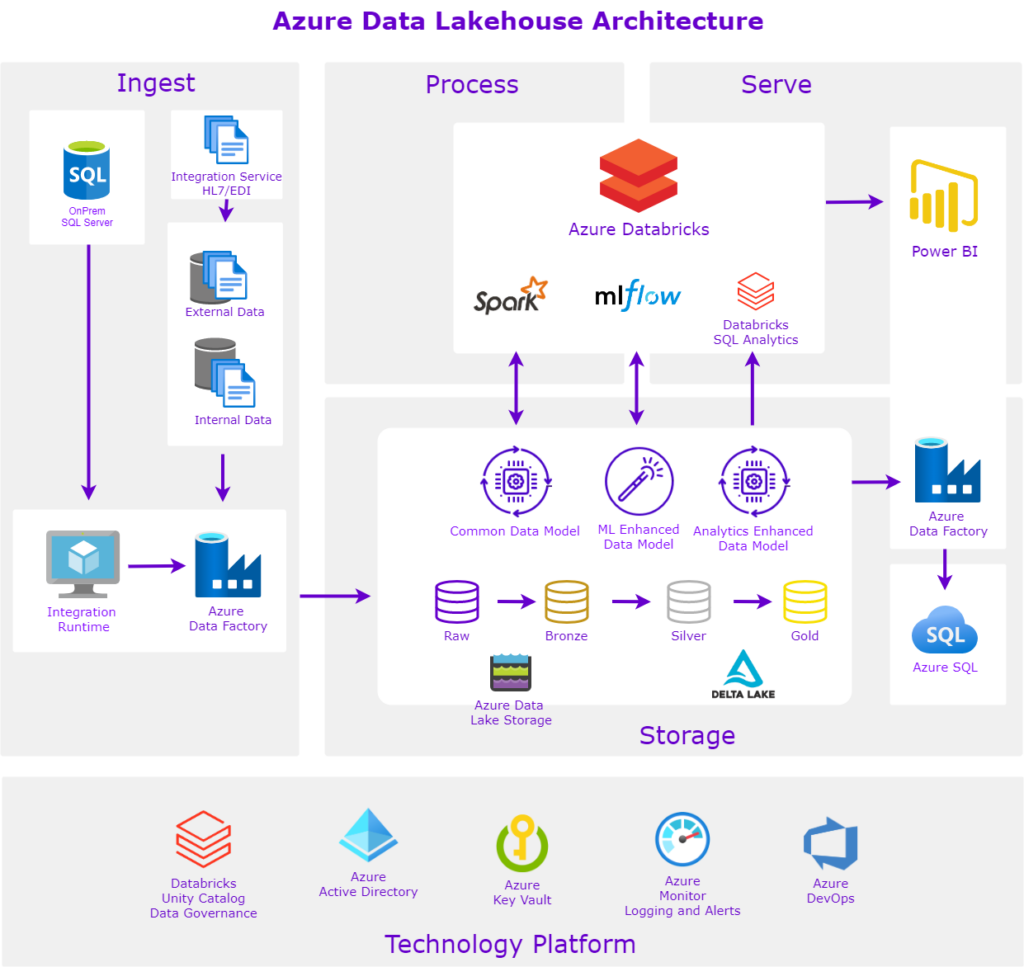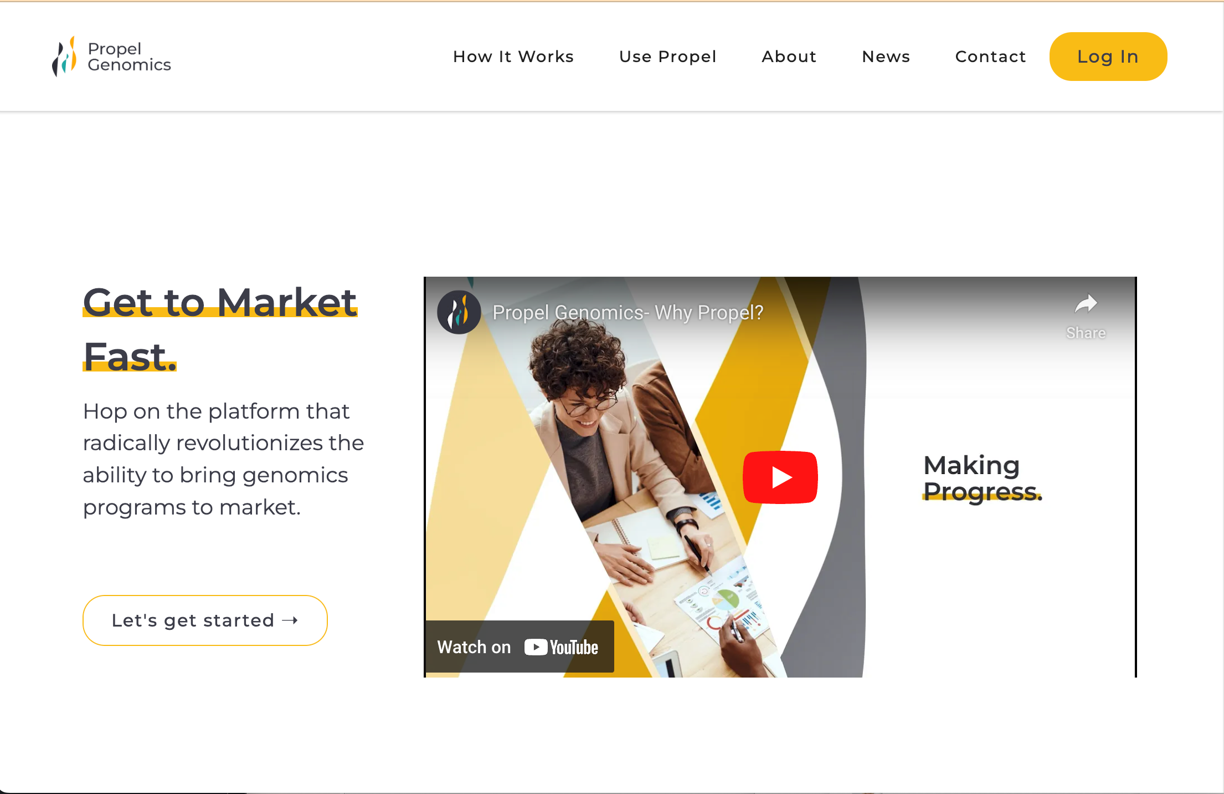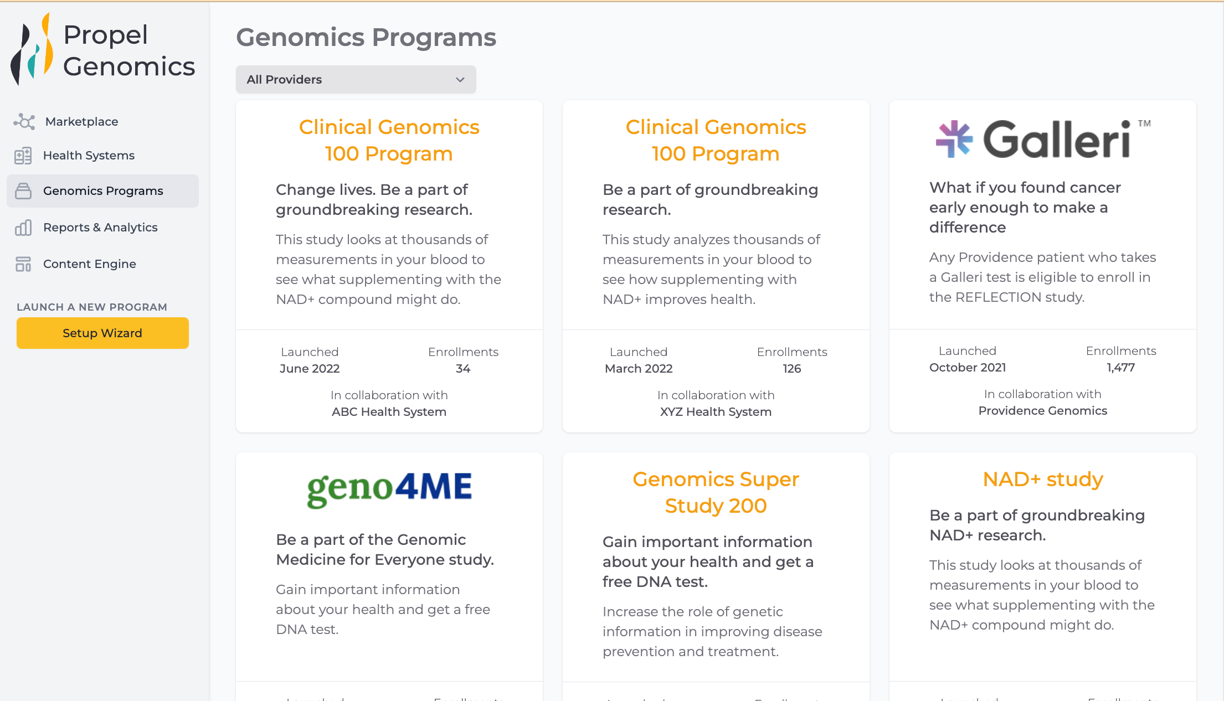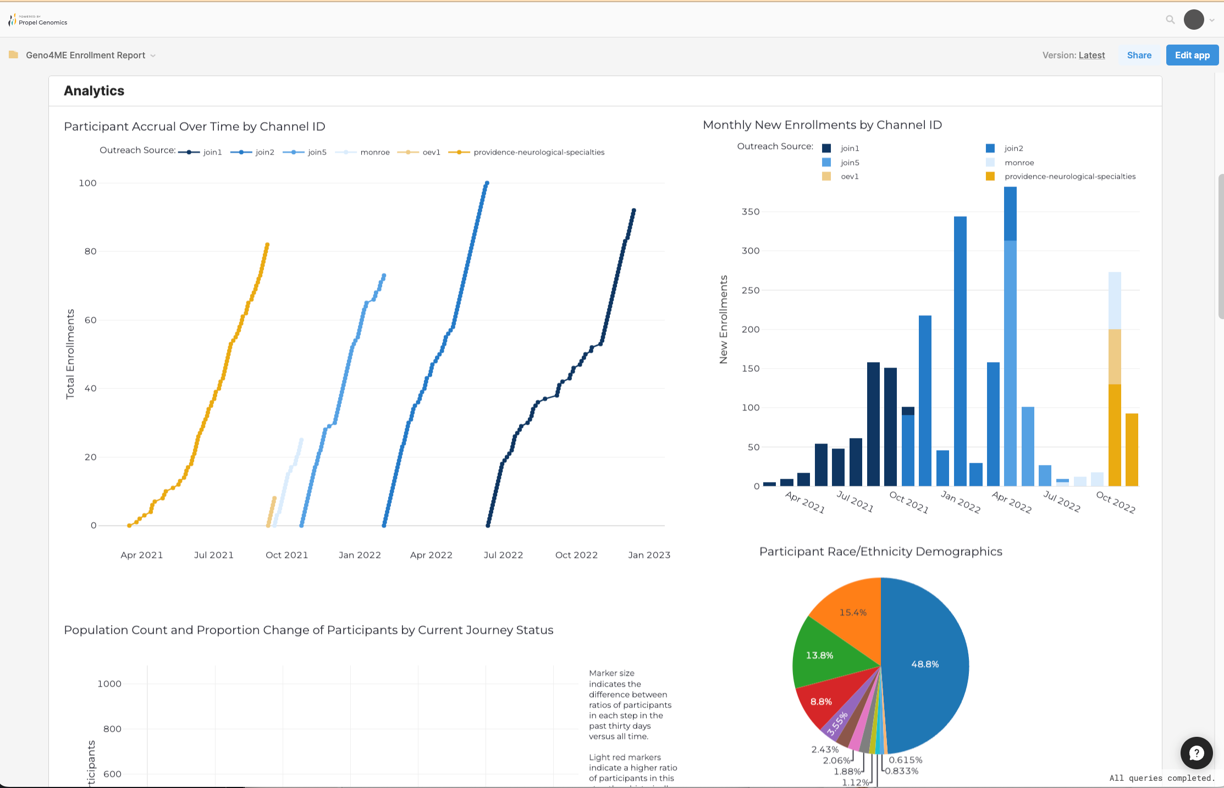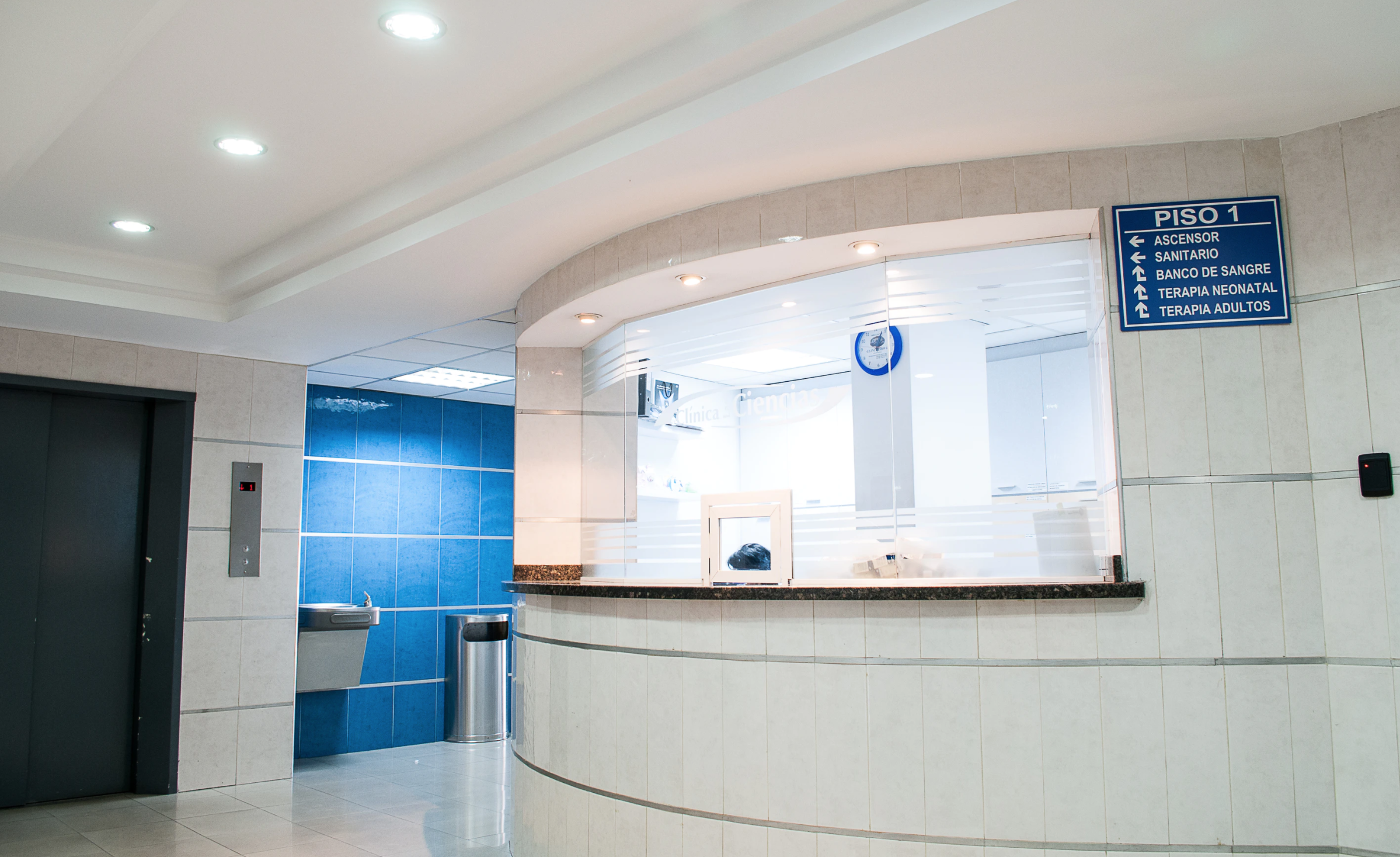Integrated platform for PACE programs
Accelerating delivery, performance, and scalability
Overview
Intus Care, a digital health company focused on improving senior care, set out to develop CareHub – a comprehensive Electronic Medical Record (EMR) and practice management platform tailored for Programs of All-Inclusive Care for the Elderly (PACE). The platform sought to enhance efficiency, ensure compliance, and focus on value-based care outcomes for older adults with complex healthcare needs. With limited DevOps capacity and a fast-approaching product launch goal, Intus Care needed a trusted technology partner to scale quickly and collaborate across multiple distributed teams. They turned to Kopius in a competitive vendor selection process for both talent and pricing, looking for experienced developers who could integrate seamlessly and drive innovation for their high-impact healthcare solution.
Challenge
Kopius embedded a team of senior developers from Latin America into Intus Care’s distributed engineering group to accelerate the development of CareHub. Our team worked side-by-side with Intus leadership to ensure consistent progress, alignment, and communication throughout the build.
Kopius helped architect and implement Intus Care’s CI/CD pipeline, ensuring long-term scalability and maintainability of the platform. Key technologies and solutions implemented by the Kopius team included:
- Code refactoring to improve performance and system architecture
- Material UI (MUI) for a modern, cohesive user interface
- Automated API testing to reduce bugs and speed up QA
- AI-assisted development with GitHub Copilot to boost development speed and efficiency
These solutions helped improve code quality, development speed, and overall system reliability while ensuring the product could scale effectively.

Results
What began as a trial engagement quickly grew into an extended and exclusive partnership. The DevOps engagement was extended another 6 months, and the development team continued to support Intus Care’s product roadmap. With Kopius as their trusted technology partner, Intus Care was able to accelerate development timelines in alignment with ongoing funding rounds, improve platform scalability and maintainability, and reduce engineering bottlenecks. Kopius helped Intus Care lay the technical foundation for a game-changing product that used AI and automation to improve the future of elder care.





